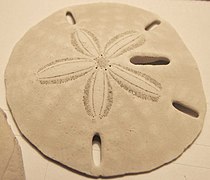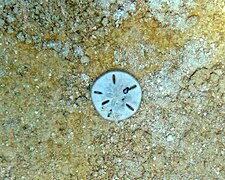
Sand dollars are species of flat, burrowing sea urchins belonging to the order Clypeasteroida. Some species within the order, not quite as flat, are known as sea biscuits. Sand dollars can also be called "sand cakes" or "cake urchins".

The Asterinidae are a large family of sea stars in the order Valvatida.
Cassiduloida is an order of sea urchins. The group was extremely diverse with many families and species during the Mesozoic, but today, only seven extant species remain.

Benthomangelia antonia is a species of sea snail, a marine gastropod mollusk in the family Mangeliidae.

Glyphoturris rugirima is a species of sea snail, a marine gastropod mollusc in the family Mangeliidae.
Mioawateria malmii is a species of sea snail, a marine gastropod mollusk in the family Raphitomidae.
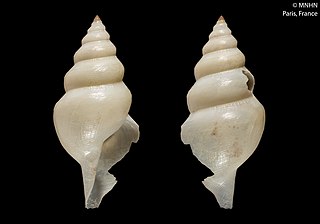
Xanthodaphne leptalea is a species of sea snail, a marine gastropod mollusk in the family Raphitomidae.

Corinnaeturris leucomata is a species of sea snail, a marine gastropod mollusk in the family Clathurellidae.
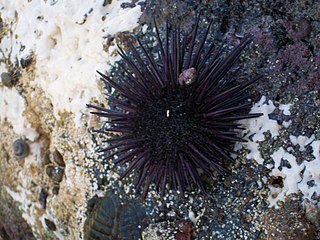
The sea urchins of the Gulf of California live between the coasts of the Baja California Peninsula to the west and mainland state of Sonora, Mexico to the east. The northern boundary is the lateral band of land with the remains of the Colorado River Delta, and the southern is the Pacific Ocean.
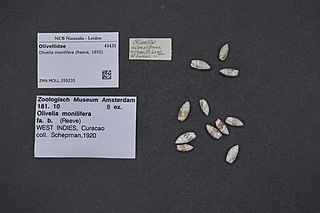
Olivella mica is a species of small sea snail, marine gastropod mollusk in the subfamily Olivellinae, in the family Olividae, the olives. Species in the genus Olivella are commonly called dwarf olives.

Cidaridae is a family of sea urchins in the order Cidaroida.

Holasteroida is an order of irregular sea urchins.

Scutellidae is a family of sand dollars in the superfamily Scutellidea. All genera except Scaphechinus are extinct.
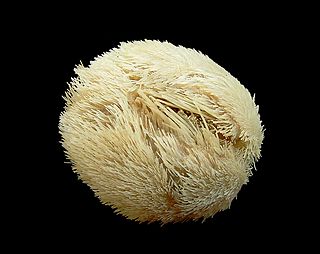
Irregularia is an extant infraclass of sea urchins that first appeared in the Lower Jurassic.
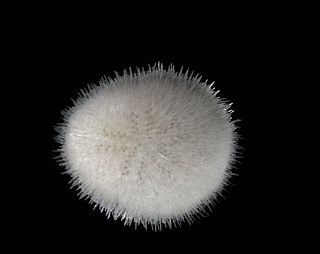
The Neognathostomata are a superorder of sea urchins.

Clypeasteridae is a family of sea urchins in the order Clypeasteroida. This family was first scientifically described in 1835 by the Swiss-American biologist Louis Agassiz.

Tetrapygus is a genus of sea urchins in the family Arbaciidae. It is a monotypic genus and the only species is Tetrapygus niger which was first described by the Chilean naturalist Juan Ignacio Molina in 1782. It is found in the southeastern Pacific Ocean on the coasts of South America.
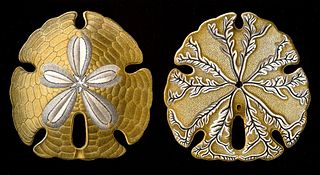
Encope emarginata, a notched sand dollar, is a marine echinoid ranging the western Atlantic ocean. They are best known for their bioturbation in the sediment, relationship with crabs, and their widespread distribution.

Encope is a genus of echinoderms belonging to the family Mellitidae.

Mellitella stokesii is a species of sand dollar within the family Mellitidae. The species is found in the eastern Pacific off the coasts of Mexico, Costa Rica, Panama, and Ecuador at depths up to 49 meters.



